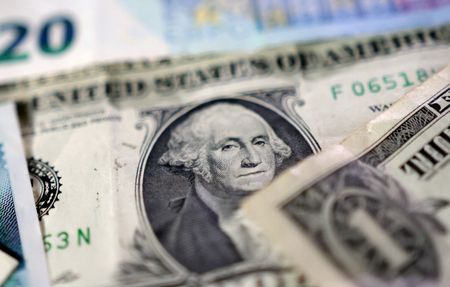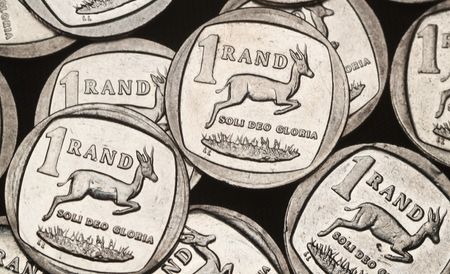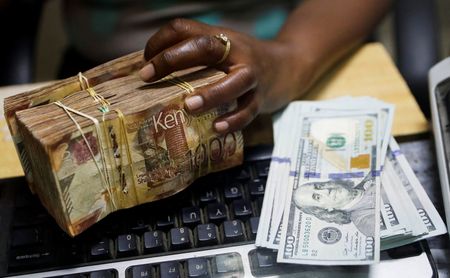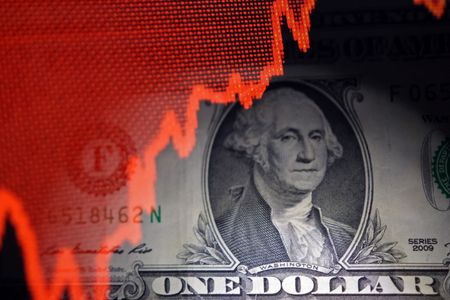By Rae Wee and Linda Pasquini
SINGAPORE/GDANSK (Reuters) -The dollar retreated slightly on Tuesday but held on to most of the previous session’s gains on lingering optimism over a tariff deal between the United States and China, which tapped the brakes on a trade war between the world’s two largest economies.
Washington and Beijing on Monday announced an agreement to slash the massive tariffs they had imposed on each other for 90 days, sparking a relief rally across markets that swept up global stocks and sent the dollar surging.
The situation is still very dollar-centric according to Kit Juckes, chief FX strategist at Societe Generale, who said the dollar’s rally on positive sentiment from U.S.-China talks was helped by the short-term positioning in the currency being squeezed out a little bit.
“Looking at it today, we’re bouncing back. It’s a little bit quieter.”
Versus the Japanese yen, the dollar was down 0.45% at 147.82 yen, having rallied more than 2% on Monday. The euro rose 0.18% to $1.1107, after sliding 1.4% overnight.
The dollar fell 0.56% against the Swiss franc to 0.8405, reversing some of Monday’s 1.6% jump. Sterling ticked up 0.22% to $1.3207.
Against a basket of currencies, the dollar hovered near a one-month high and was last at 101.57, but remains below its pre-April 2 tariff announcement levels. That announcement hurt the dollar, with analysts saying overseas investors had reduced their exposure to U.S. stocks and bonds.
“I think we will see a long-term trend where the dollar will weaken as people realize that we’ve over-invested in U.S. assets in a big way. And that’s the sort of tectonic shift, if you like,” Juckes said.
“The yuan is clearly the biggest currency beneficiary at the moment,” Juckes added.
China’s yuan scaled a six-month high, peaking at 7.1855 per dollar, which in turn lifted the Australian and New Zealand dollars.
The Aussie was up 0.55% to $0.6407 while the kiwi gained 0.50% to $0.5886. The two currencies are often used as liquid proxies for the yuan.
The de-escalation of U.S.-China trade tensions has in turn led traders to pare back bets of Federal Reserve rate cuts, on the view that policymakers would be under less pressure to ease monetary policy to support growth.
Futures show markets are now pricing in just about nearly 58 basis points of Fed cuts by December.
Data on U.S. inflation is due later on Tuesday, where expectations are for the core and headline number to have picked up on a monthly basis in April.
“We are in this period where the economic data is so far behind the changes that are happening. So I don’t know how the market is going to react to them,” Juckes said.
In cryptocurrencies, bitcoin last traded at $102,645, after surging to its highest since January 31 in the previous session.
Ether eased 1.2% to $2,456.17, but strayed not too far from a more than two-month high hit on Monday.
(Reporting by Rae Wee and Linda Pasquini; Editing by Shri Navaratnam, Jamie Freed and Hugh Lawson)







